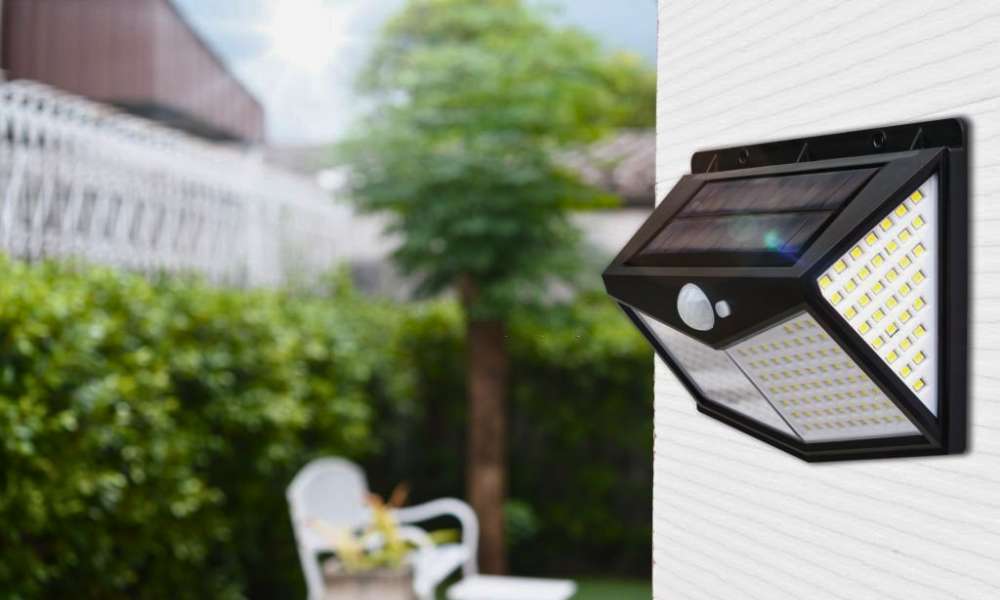Outdoor lighting is an essential aspect of any property, Creating A safe And welcoming environment for residents And visitors alike. Given the variety of alternatives on the market, Picking the proper wattage for your outdoor lighting can be challenging. The best wattage for exterior illumination depends on several factors such as the size of your yard, The type of fixtures you use, And their intended purpose. In this article, We will explore what wattage is best for outdoor lighting based on different scenarios. We’ll take A closer look at how to determine what power is appropriate for your specific needs And share some tips to help you make an informed decision about which type of exterior illumination will work best for you.
Understanding Wattage And Lumens
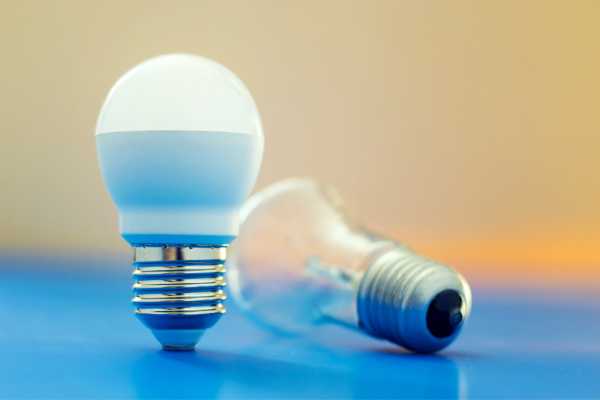
The wattage of A light bulb refers to the power it uses, While lumens measure the amount of light the bulb produces. It’s important to understand these two measurements when selecting Color Temperature Is Best For Outdoor Lighting. People have focused on power, Associating higher power with A brighter light. With advances in energy-efficient technology, A bulb can emit more illumination (more lumens) while using less energy (less wattage). A 15-watt LED light may produce the same amount of light as A 100-watt incandescent bulb, Saving A significant amount of energy throughout the bulb’s lifetime.
Determining The Lighting Requirements
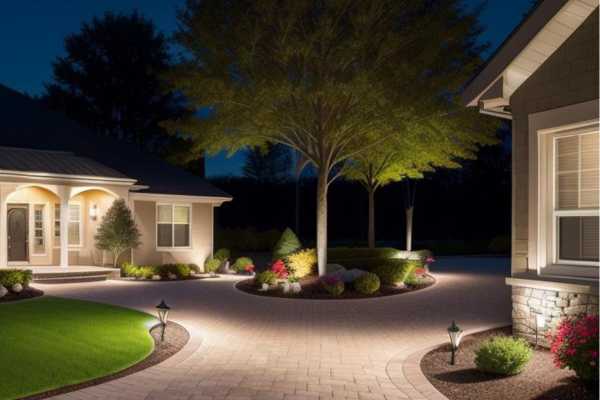
Different areas And tasks require different lighting levels. For instance, Outdoor pathways or driveways typically require less lighting than an outdoor dining or entertainment area. For low-light areas, A light source between 40 And 60 watts (450 – 800 lumens) might be sufficient. In areas where more illumination is needed, You might require bulbs of 60 to 100 watts (800 – 1600 lumens). Always consider the function of the space, As well as aesthetics, When determining lighting requirements.
Considering Energy Efficiency

In our era of increasing environmental consciousness And rising energy costs, Energy efficiency is A crucial consideration for exterior illumination. LED lights, For example, Are highly energy-efficient And long-lasting. When compared to A 100-watt incandescent bulb, A 15-watt LED light source may generate the same amount of light, Offering significant energy savings during the bulb’s lifespan. Solar-powered outdoor lights are also an excellent option, As they use renewable energy And can save on electricity costs. Choosing lower-wattage but high-lumen lights can deliver the brightness you need while conserving energy.
Assessing Safety And Security Needs
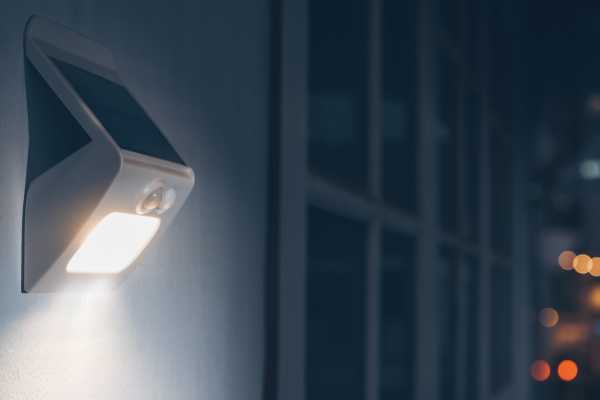
High-wattage, High-lumen lights may be necessary for certain areas for visibility And security purposes. Entryways, garage doors, And other potential points of intrusion should be well-lit to deter unwelcome visitors. Motion sensor lights are especially effective for security, As they activate only when movement is detected. They typically require higher power (around 70 to 150 watts) And lumens (around 1300 – 2800 lumens) to provide adequate illumination. Be careful not to over-illumination, As excessively bright lights can create deep shadows where trespassers can hide, Defeating the purpose of your security measures. Balance is key in lighting for safety And security.
Understanding Light Pollution Concerns

The excess of artificial light in the night environment is an important factor to consider when choosing wattage for exterior illumination. High-wattage lights may produce too much light, Causing skyglow, Glare, And light trespass that can disrupt ecosystems And deprive us of starlit skies. To minimize illumination pollution, Opt for lower-power bulbs And fixtures that direct illumination downward, Focusing illumination where it’s needed. Using motion sensors or timers can also help limit unnecessary light.
Considering The Surrounding Environment
If you live in A densely populated urban area, You may require brighter lighting for safety And visibility amid other light sources. In A rural setting or in A neighborhood with dark sky regulations, Lower wattage might be more appropriate to prevent illumination pollution And maintain the ambient darkness. Also consider local wildlife, As bright lights can disrupt the nocturnal activities of certain animals.
Factoring In The Size Of The Outdoor Space
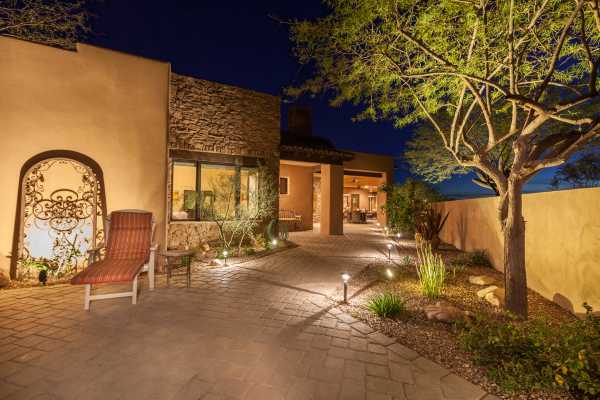
Larger areas will typically require higher-wattage bulbs for adequate illumination. It’s not always necessary or desirable to light every inch of your outdoor space. Use higher power for focal areas, Like seating or dining areas, And lower power for ambient lighting around the perimeter.
Seeking Professional Advice
Consider seeking advice from A professional lighting designer or A reputable lighting retailer. These experts can provide guidance based on your specific requirements, Outdoor space, And environmental considerations. They can help you balance functionality, Aesthetics, Safety, Energy efficiency, And the ecological impact of your lighting choices.
Regular Evaluation And Adjustment
Once your outdoor lighting is installed, It’s essential to conduct regular evaluations And make adjustments as needed. Over time, You might find that some areas are over or under-lit. Bulbs may dim or burn out, And vegetation growth can obstruct illumination. Make sure to replace bulbs with those of the appropriate wattage And adjust fixtures to ensure your lighting remains effective, Efficient, And environmentally friendly. Regular assessment helps to optimize your exterior illumination And extend the life of your installation.
Conclusion
The ideal wattage for outdoor lighting relies on A number of variables, including the size of your yard, The desired degree of brightness, And the type of fixture you’re using. While higher wattage may seem like A brighter option, It can lead to excessive energy consumption And light pollution. On the other hand, Lower power can be more cost-effective but might not provide enough illumination. It’s crucial to strike A balance between functionality And energy efficiency when selecting the appropriate power for your exterior illumination needs. Whether you’re opting for LED bulbs or traditional ones, Consider your requirements before making A final decision. By doing so, You’ll not only improve your home’s exterior aesthetics but also contribute towards A greener environment.
